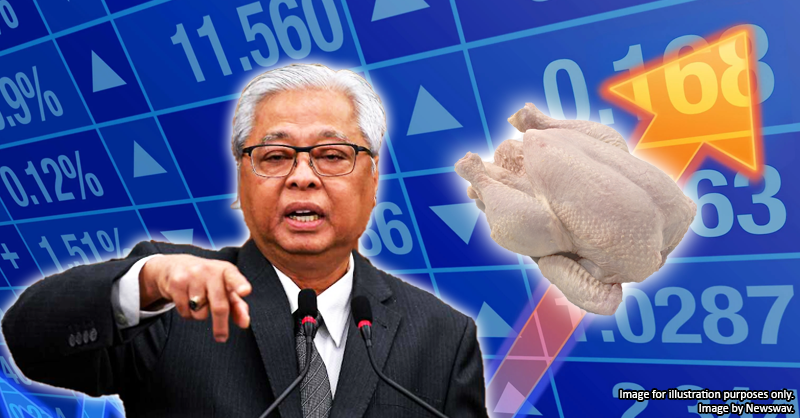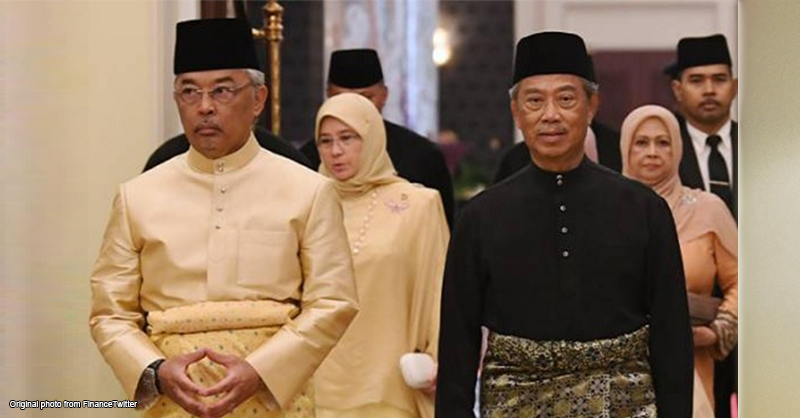3 weird traits all our Perdana Menteris had in common

- 263Shares
- Facebook216
- Twitter6
- LinkedIn7
- Email12
- WhatsApp22
We’ve had three new Prime Ministers in the last four years, and with 15th General Election expected to happen in 2022, we might just see a fourth Prime Minister in four years.
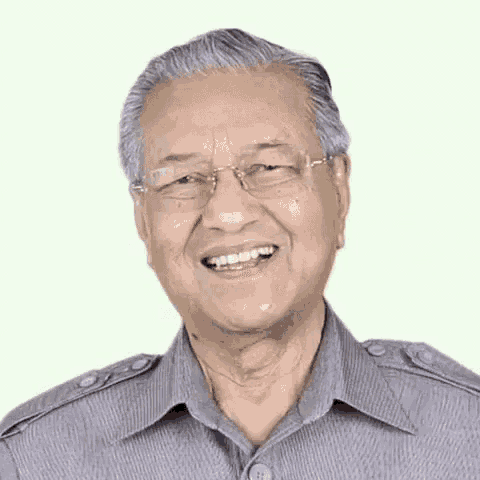
With that in mind, we decided to look ahead and see what it takes to be Prime Minister… by looking back. More specifically, we looked at the data of previous PMs and see if there was a pattern such as:
- What former ministries did they serve in?
- When did they first become a minister?
- How old were they when they became PM?
For this article, we talked with Aziff Azuddin, an independent data analyst who also provided some canggih infographics for us. You might think the TL;DR is just, “Oh, it’s just an old Malay man who is/was from UMNO”… which is half right. But as you’ll see from the data, there’s more to it than that.
Being a former Minister of Education can help your case

Before even thinking of becoming Prime Minister, you would first need to prove yourself by taking on a couple of ‘smaller’ ministerial positions. From all of the portfolios available, the one that comes up the most is being a former Minister of Education, as 6 out of 8 of our former PMs have held that position before, and it would be 6 out of 7 if you don’t count our first PM, Tunku Abdul Rahman.
But just like how the job market nowadays requires candidates with higher qualifications, it seems to be the same with the PM post. They have to take on more ministerial positions on the way up, and some of the key ones — as four of our last PMs have taken at least 2 out of 3 of these posts — are Education, Youth & Sports, and Defence.
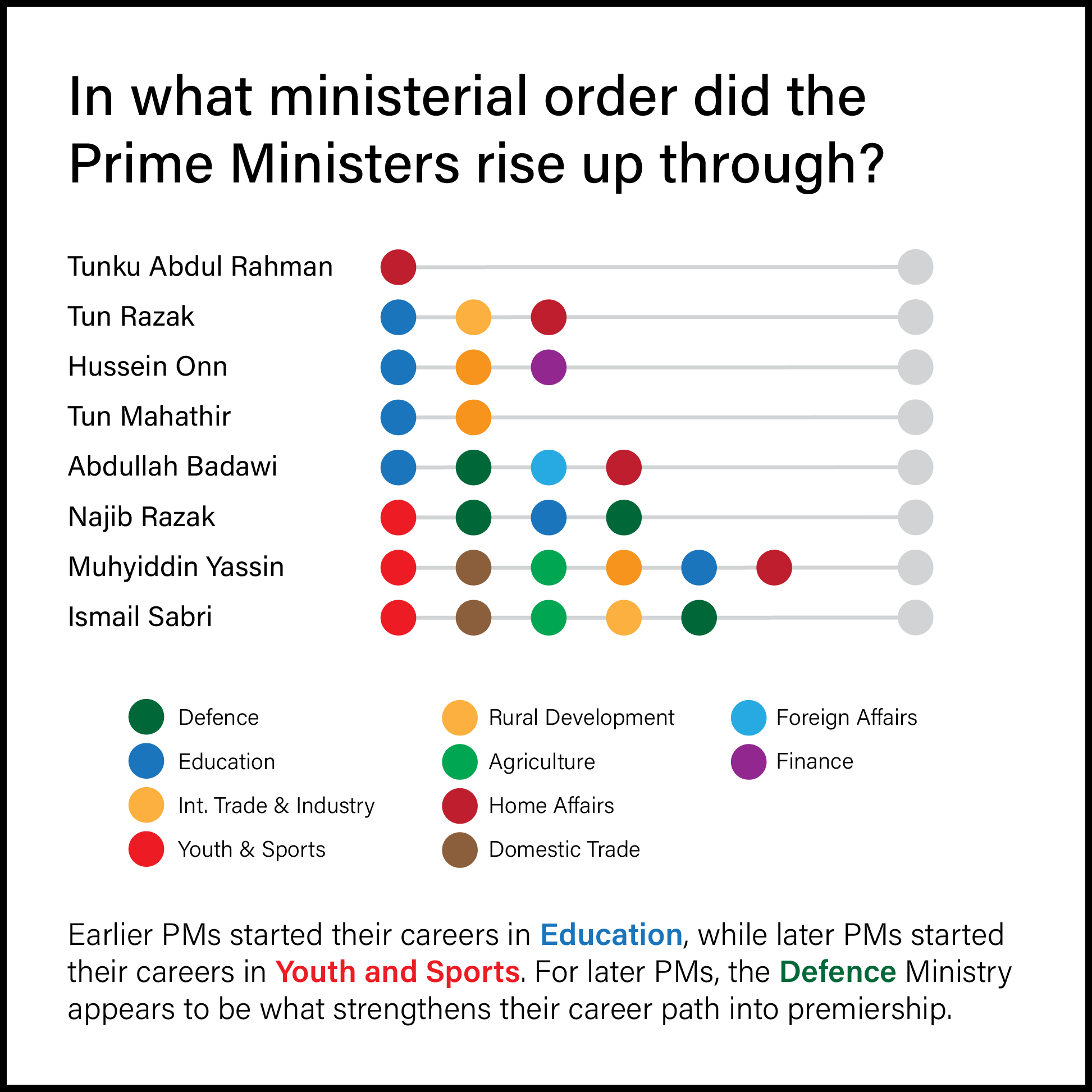
As times change, the Youth & Sports Ministry seems to be the key starting portfolio as our last three Prime Ministers – if you don’t count Tun M’s comeback – served there in their early years.
“The common factor between [Education and the Youth & Sports Ministry]… is that it shapes the futures of young Malaysians… Education Ministers carve policies and roadmaps that would impact Malaysians’ futures generations down the line.
The shift to the Youth & Sports portfolio is interesting, because it can be considered a junior portfolio… since most of the later PMs started out in Youth & Education, the portfolio appears to be configured as a starting position to test their capabilities.” – Aziff
But that wouldn’t necessarily guarantee a quick and easy path to becoming Prime Minister because…
You have to be patient – really patient
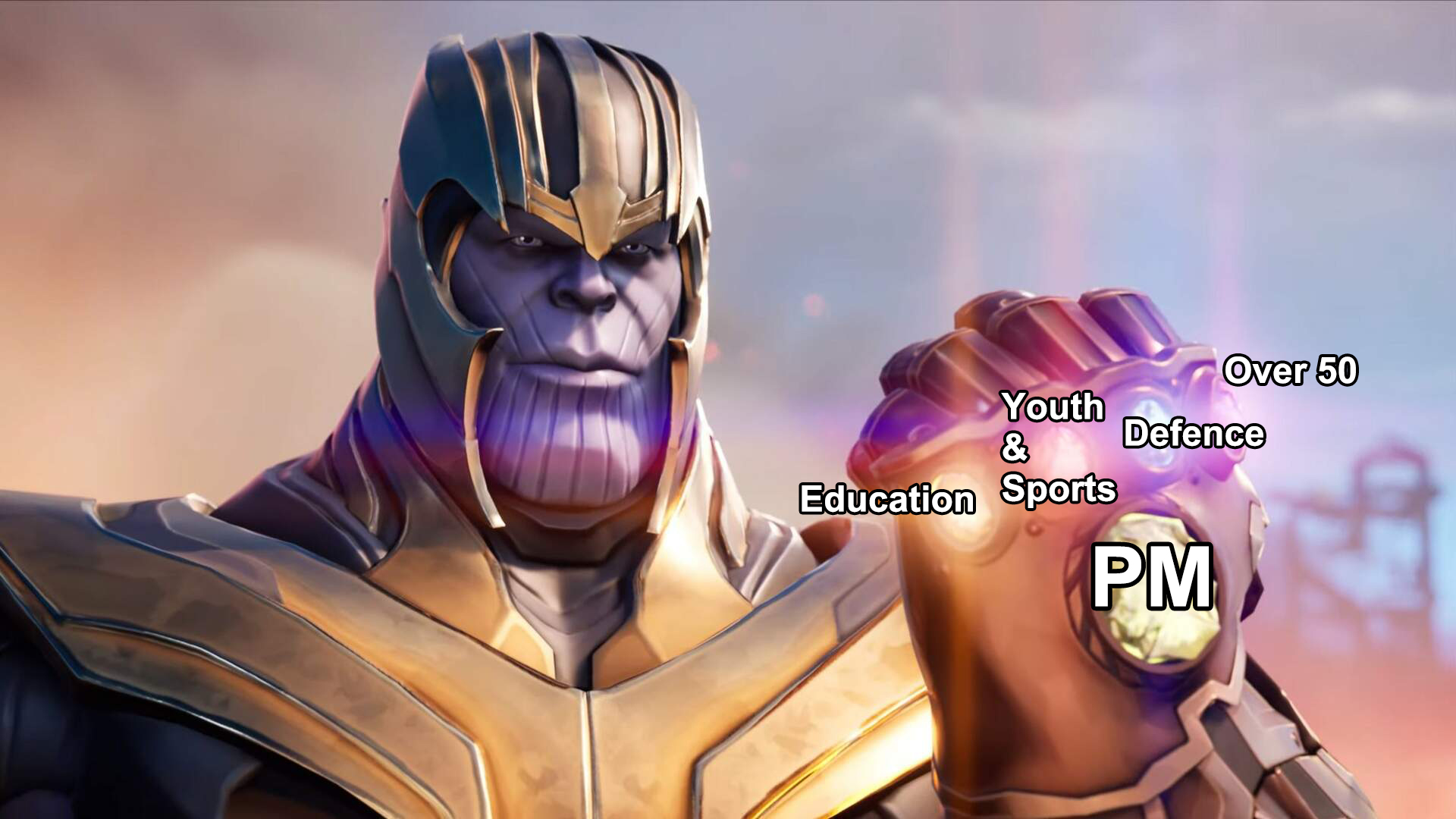
Being the Prime Minister can be a looooong wait. On average, you’ll need to wait at least 16 years from your first ministerial position to be PM. You’ll also likely have to wait until you’re at least 50 years old to become PM, as 7 out of 8 of our former PMs were over 50 when they were first appointed. The only one below 50 was Tun Razak, who was 48 years old when he first became PM, which isn’t that far off 50 anyway.
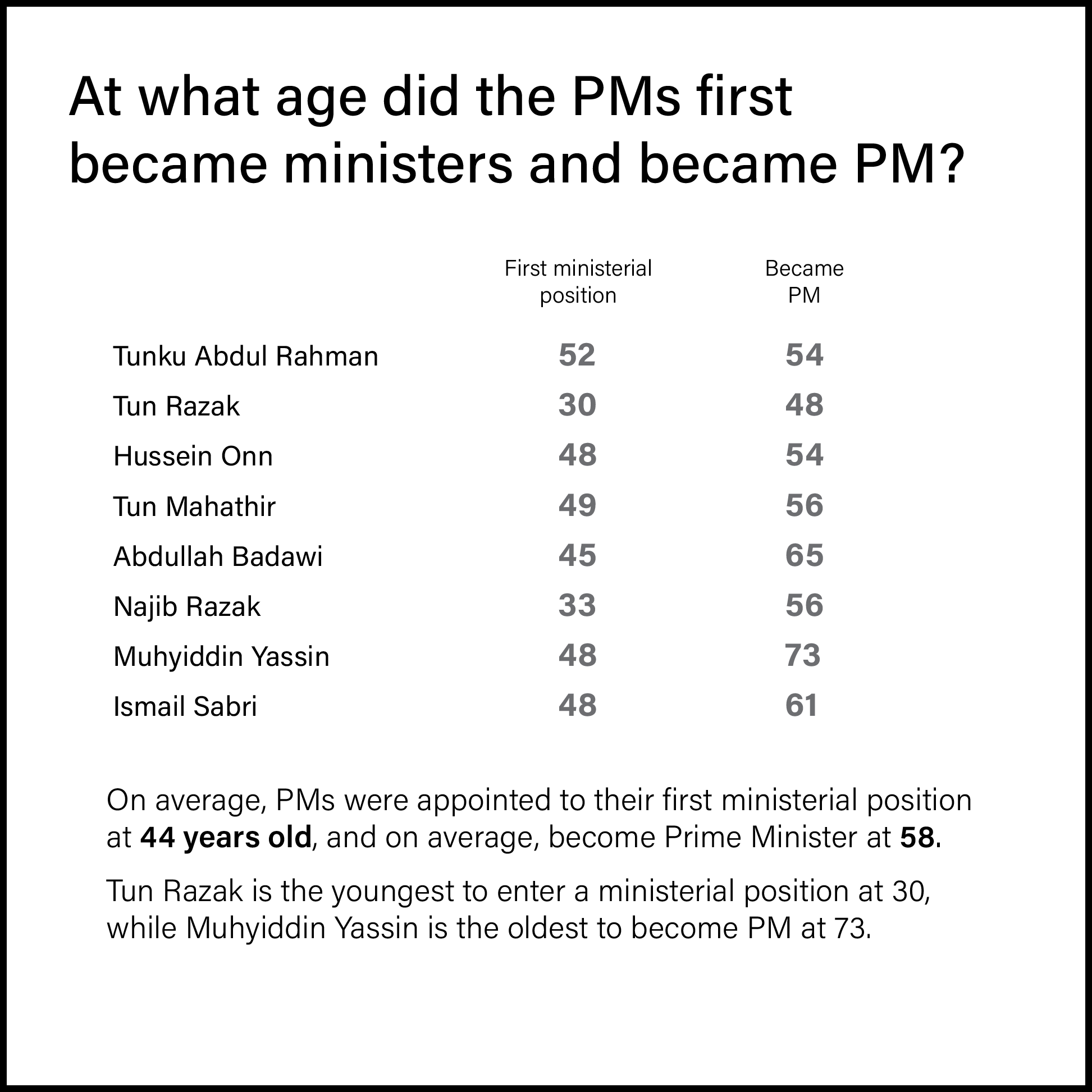
Starting earlier won’t help you get there before 50 either as Najib, who was one of the youngest minister at 33, still had to wait 23 years to become PM when he was 56.
Being former ministers of these key positions isn’t all it takes though. You’ll still need social capital – which means you either come from an elite family (political or royalty), have studied overseas, or both.
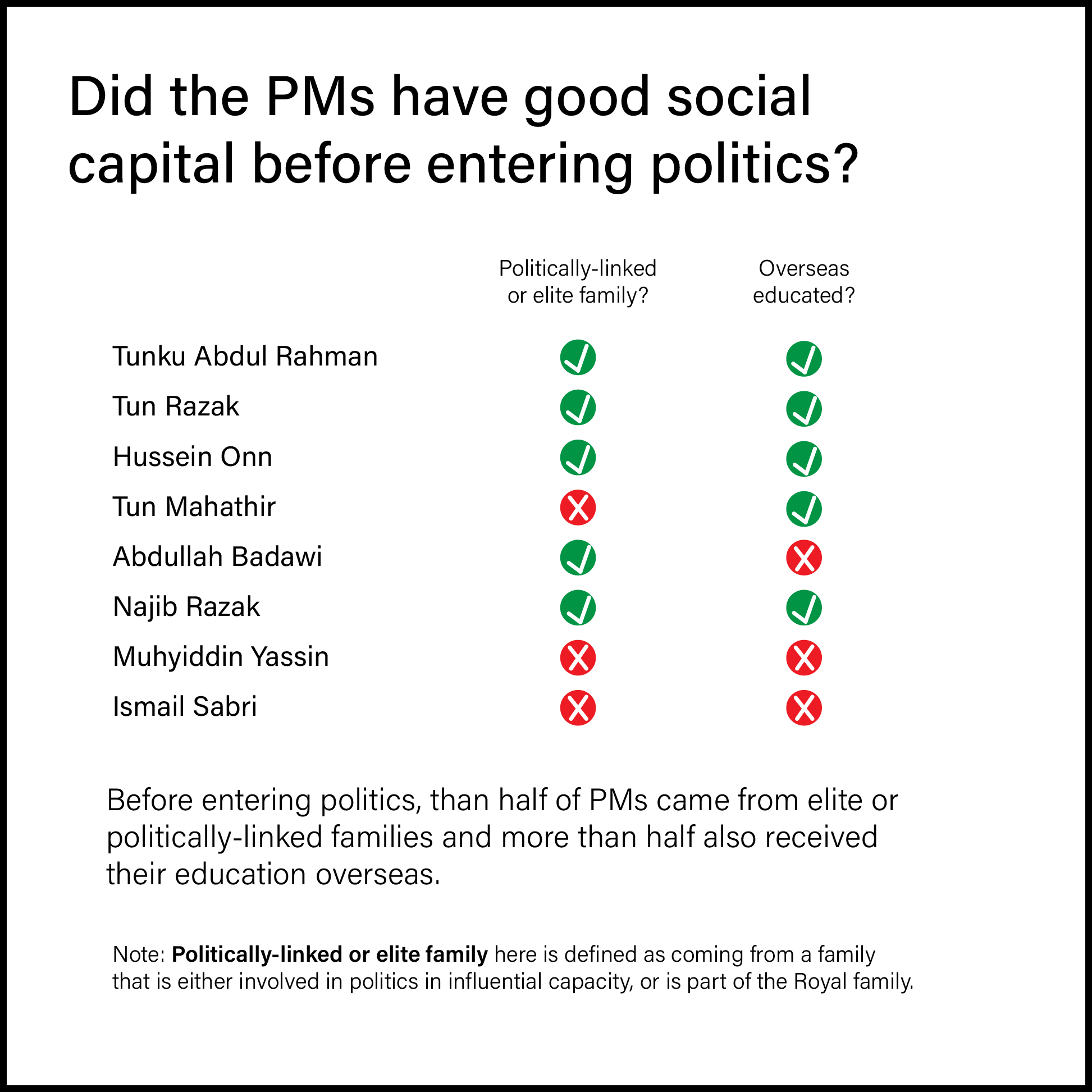
You might notice that our last two PMs – Muhyiddin and Sabri – did not have either of these social capitals, which we’ll get into further below.
If you’ve been following Malaysian politics for a long time (read: boomer) you might notice that 7 out of 8 of the PMs were deputy PMs once. But Aziff decided not to include it as Perikatan has removed the deputy PM position, choosing instead to appoint four senior ministers to avoid a power struggle. And being a PM isn’t necessarily the best indicator, as one former deputy PM knows best. In fact, if you’re impatient to be PM it can go against you.
“I think we have to recognise that the DPM post, especially during Mahathir’s first stint as PM, is a poisoned chalice and revolving door. Having a second in-command invites a possible power struggle, especially if your DPM is power hungry and impatient to rise to the top — and you, as PM have control issues.” – Aziff
But knowing all this probably won’t help you guess who’s our next PM, because…
Things have changed after Pakatan Harapan took power

Looking at historical data can give clues as to what it takes to be PM – at least back then – because since the Sheraton move, when we’ve had changes in government and PM, who becomes PM can be more about who is willing to work with the changing alliances than whether they tick all of the right boxes.
“The analysis is applicable in a stable political environment. More specifically, in a pre-Pakatan government when a politician’s rise to power was more predictable and controlled. Ever since Sheraton, the selection and rise to power of Prime Ministers has become more chaotic and less predictable.
The recent 2 PMs were appointed not based on the track of merit, proven experience (if we are to follow convention) or political pecking order. – Aziff
So we might say that our last 2 PMs were a disturbance in the matrix, instead of an expected rise in power. According to Aziff, Muhyiddin became PM by default because the coalition could not choose a trusted PM candidate from either Umno or PAS. As for Ismail Sabri, his political career prior to GE14 was unremarkable and he was never flagged as a potential PM candidate compared to his other Umno colleagues. His appointment to PMship is likely because he appears to be the least contentious candidate, both within the coalition and his party.
So if Sheraton never happened, based on the data from the previous PMs someone like Hishamuddin would be a likely candidate for the next PM because he:
- Is a former Minister of Education, Youth & Sports, and Defence
- Has social capital – elite family (son of Tun Hussein Onn) and an overseas education
- Is over 50
You can also take a look at other potential candidates that check the boxes in Aziff’s spreadsheet by clicking here.
But if the next GE15 winner is a small majority, we might just see more shuffling and an unexpected PM (or two) (or three) in the next 5 years.
- 263Shares
- Facebook216
- Twitter6
- LinkedIn7
- Email12
- WhatsApp22


